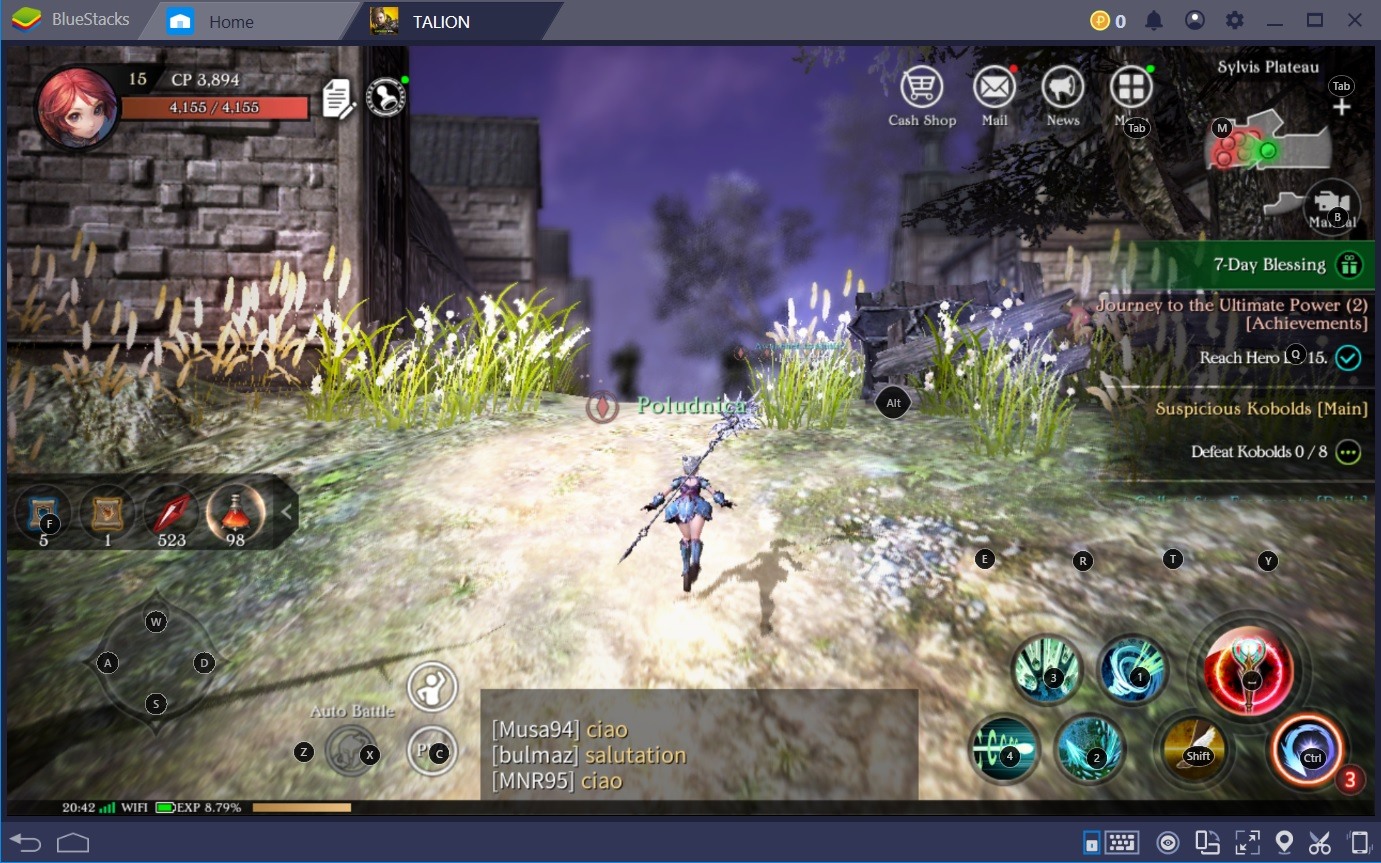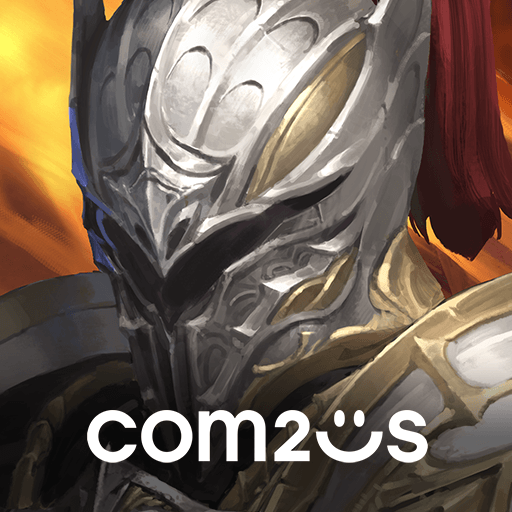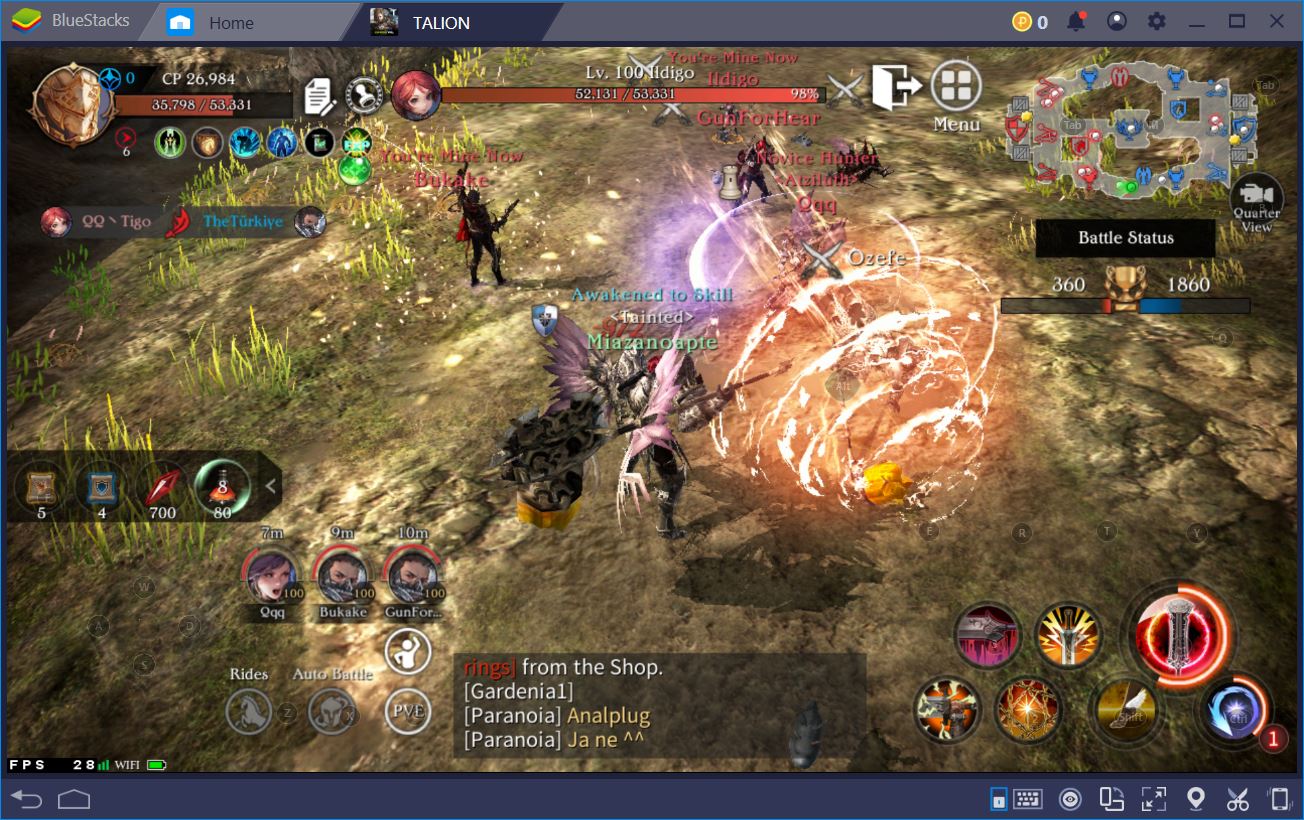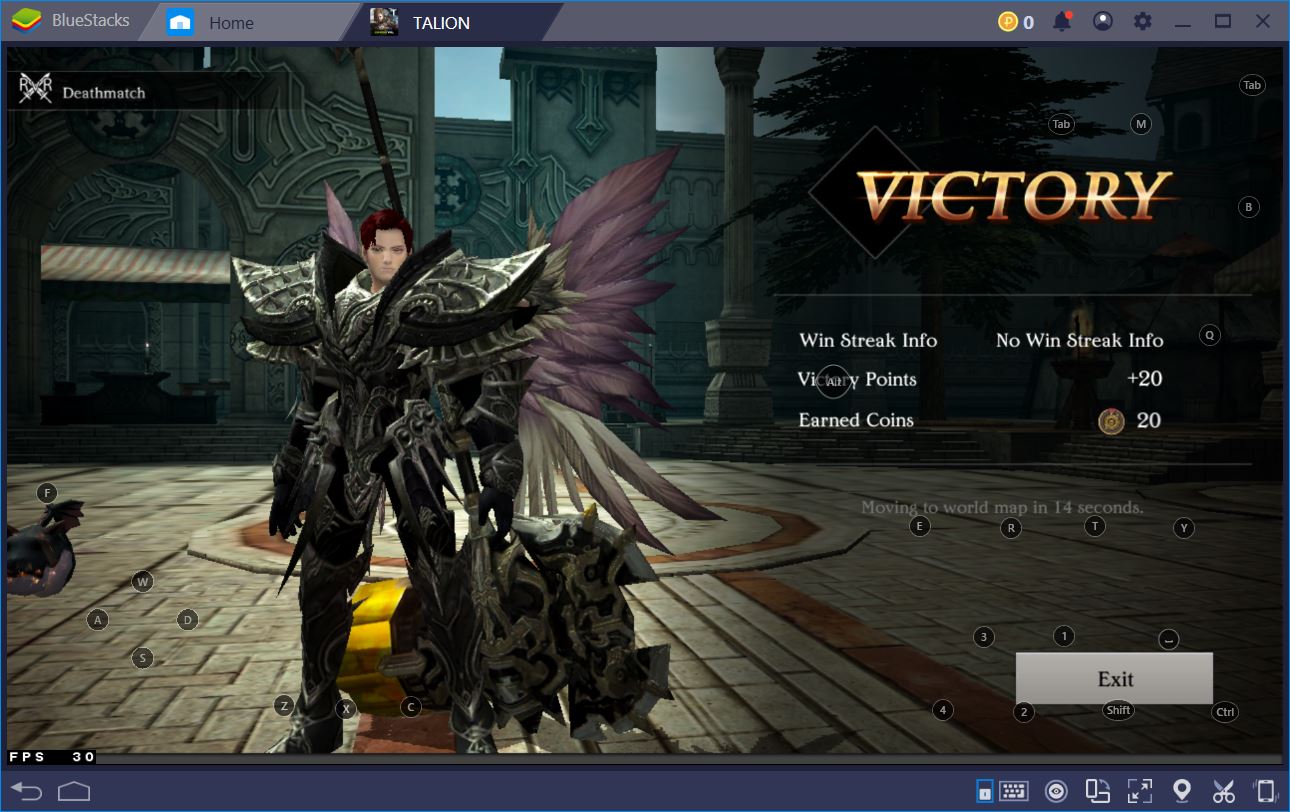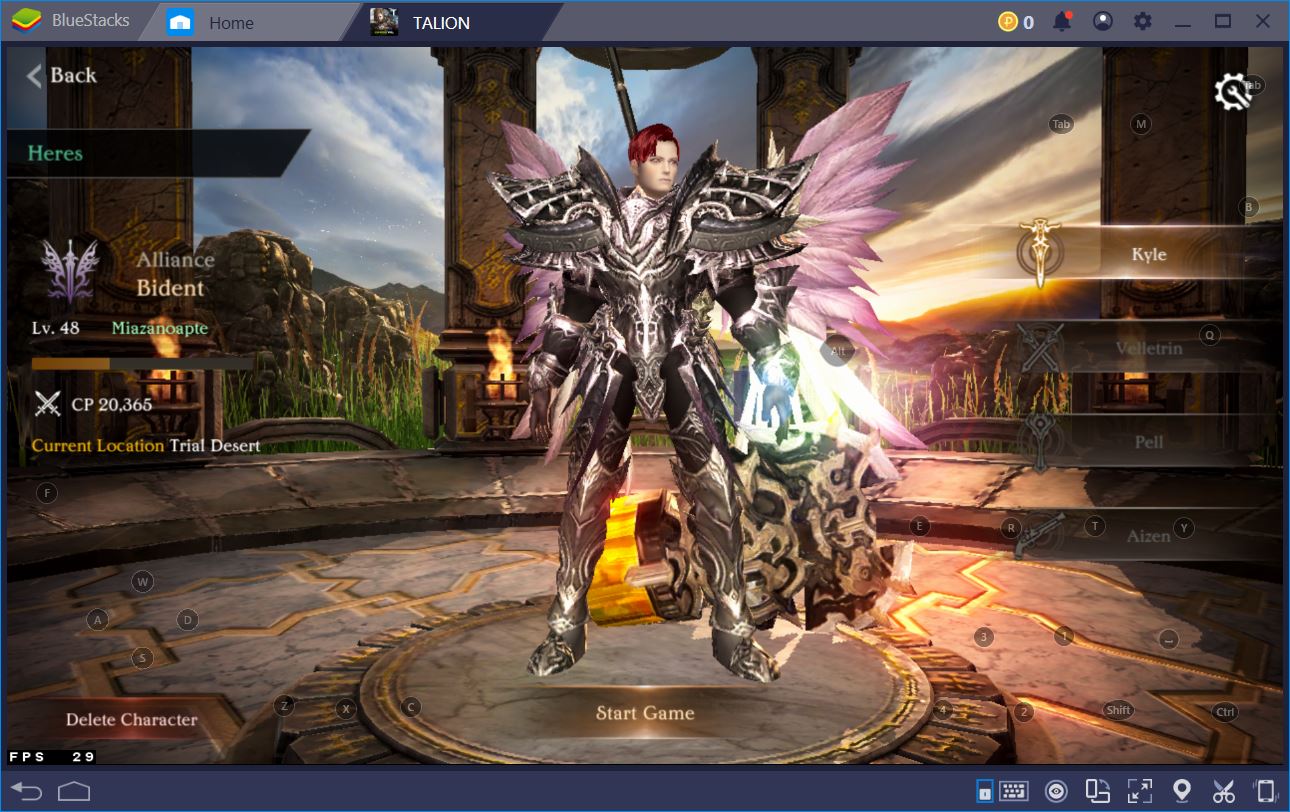Talion: The Beginner’s Guide to Combat Mechanics and Skills
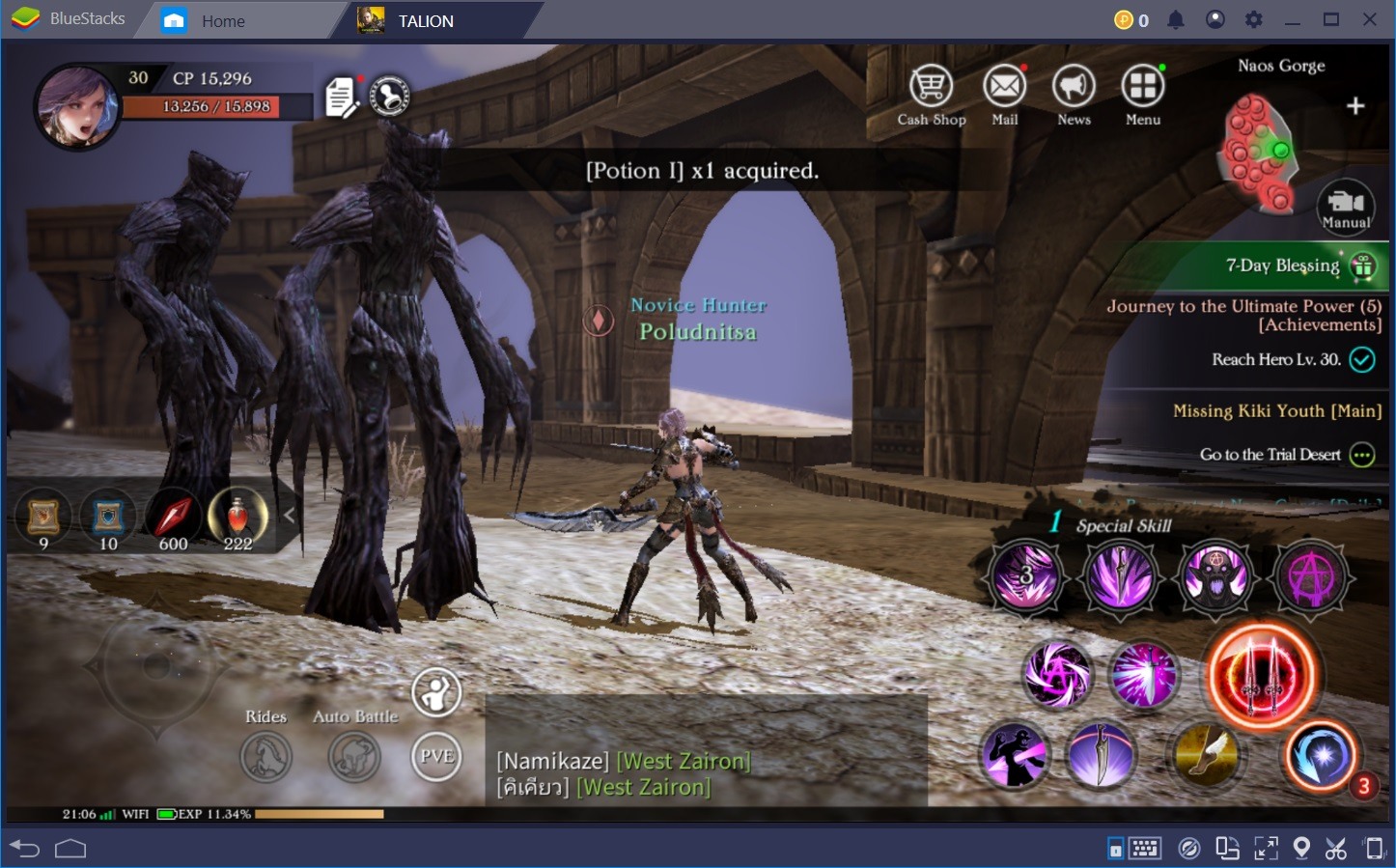
You might have heard that Talion is just another autoplay MMORPG that looks good, but feels bland. That’s partially true. For the first 20-30 levels of the game, you won’t be doing much apart from moving from quest to quest and letting your hero do his or her thing. Don’t give up on your character just yet, though. Once you get into the mid- and late-game, everything changes.
As you soon discover, Talion is a mobile MMORPG that heavily focuses on PvP combat. It’s not great in PvE, but it excels in its Realm vs. Realm battle options, which can range from 1v1 to 20v20. To get decent results in these matches, you actually have to take control of your character, use your abilities, and, well… play the game.

Didn’t expect that, did you? No problem. In a different guide, we’ve covered all the basic aspects of RvR in Talion, so now we’ll focus specifically on combat and how you can kill things (and players) effectively in this game.
The Basics of PvE and PvP Combat
Whether you’re fighting mobs or other players, the basics of combat in Talion are the same. Each class has a unique auto-attack ability that makes them suitable for a particular playstyle. For instance, the warrior has a wide, but slow attack that can deal significant damage in a frontal cone. The assassin also prefers melee, but is super quick and more likely to crit. Alternatively, the mage can aim at things from afar, while the gunslinger can shoot things at range, as well as hit them with a sword in close combat.
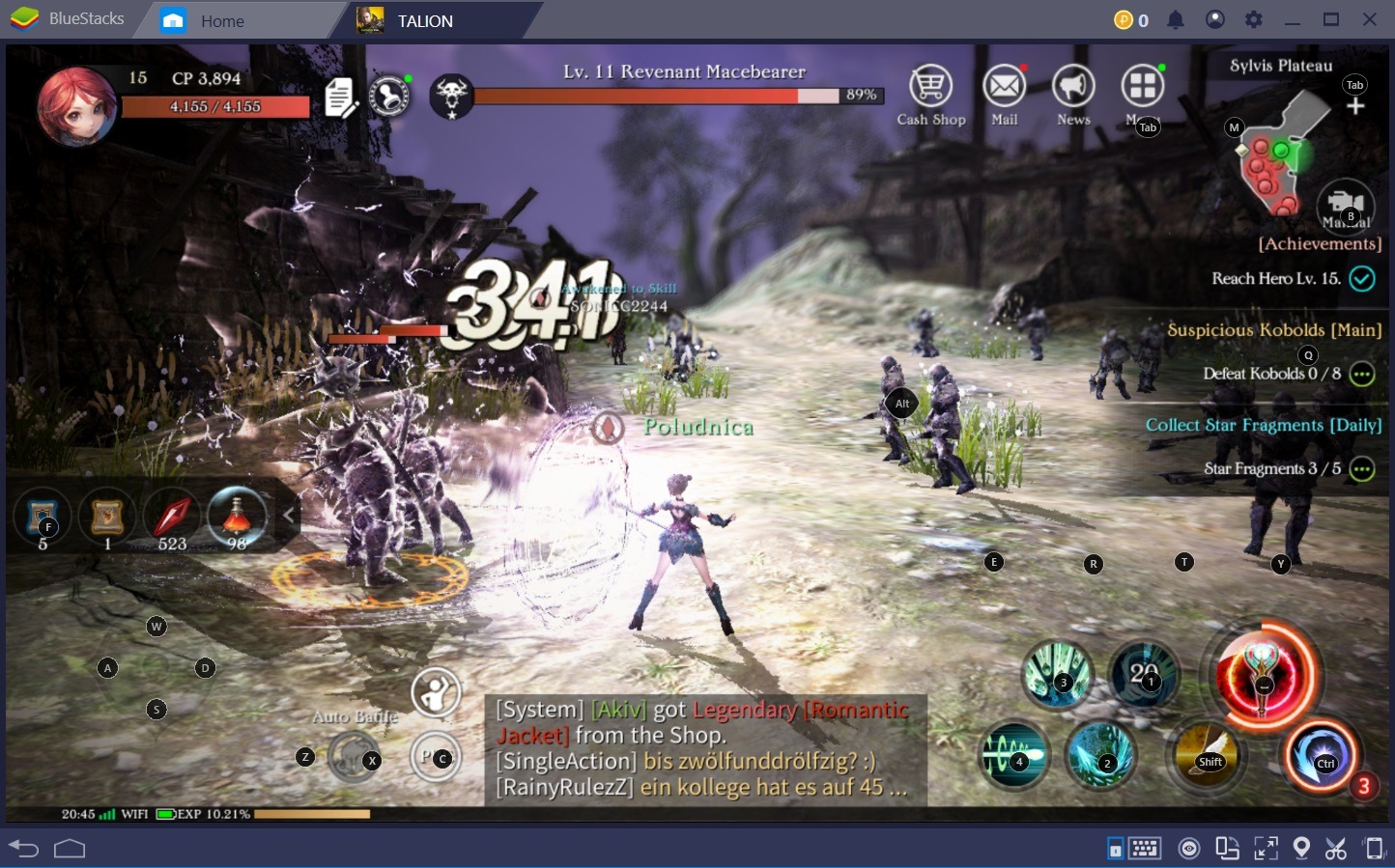
Autoattacks are fillers you can use while you wait for the cooldowns on your basic abilities. Each class has 8 such abilities, but can only equip 4 at any given time. Most of these skills can synergize with one another and should be selected as such. For example, the assassin’s Shadow Slash attack applies a bleed effect, while her Flash Bomb causes additional damage to targets that are bleeding.
As you damage opponents, a meter surrounding your autoattack button begins to fill. Once complete, you are ready to use one of your special abilities for massive damage. You can equip all 4 special abilities at a time, but you’ll obviously only be able to use one per gauge. As such, you should choose the attack according to your specific situation. You might opt for an AoE skill in PvE, but will usually choose to deal massive damage to a single target in PvP. All classes have a versatile set of 4 special abilities, so the best thing you can do is to read their description and decide which is best for what type of battle.

Finally, you can use the dodge button to get out of the way of massive hits from an enemy, which is particularly important in PvP. Remember that this is a mobile game, so people will often keep the autoattack button pressed for an entire engagement. In a 1v1 matchup, a well-placed dodge can easily win you the battle.
Useful Combat Consumables
On the left side of your screen, a menu with 4 slots offers shortcuts to selected consumables that you intent to use in combat. To view these items in your bag and add them to a quickslot, you must access the “Battle Aid” tab of your inventory.
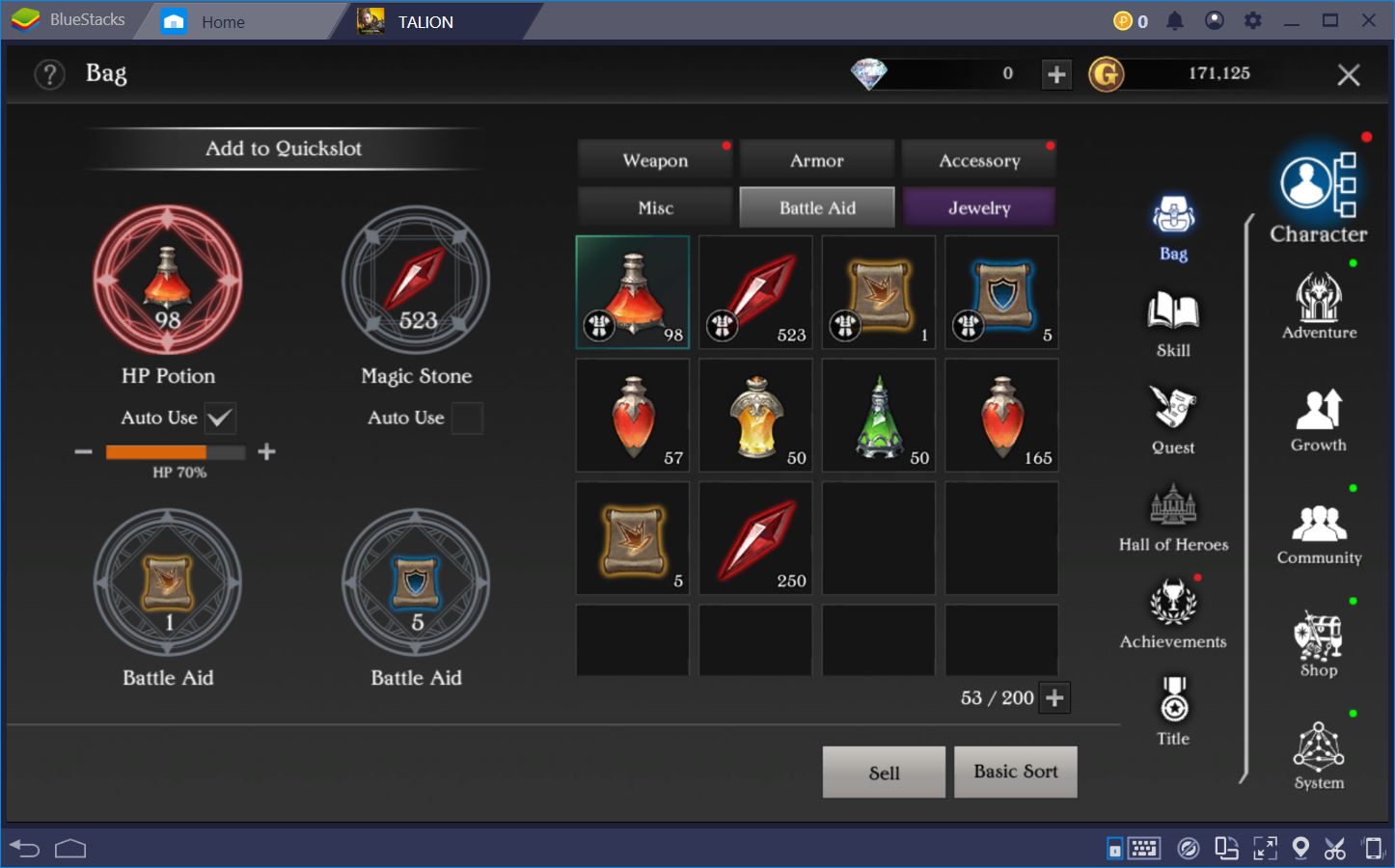
There are several types of battle consumables in Talion. These include:
- Health potions that recover a chunk of HP either instantaneously or over time. These are probably the most useful and should be placed on your first quickslot. By clicking on them while they are equipped, you can also set them to be activated automatically at an HP threshold of your choosing.
- Magic stones that increase damage by at least 10%; the higher the level of the stone, the higher the damage boost. These items are also super useful and can be activated automatically, which you should consider during intense PvP engagements.
- Defense scrolls that increase your DEF stats for a brief period of time.
- Destruction scrolls that temporarily increase your Crit damage.
- Growth scrolls (for additional XP) and Gold scrolls. These are fairly rare, though, so it’s unlikely that you’ll quickslot them for combat purposes.
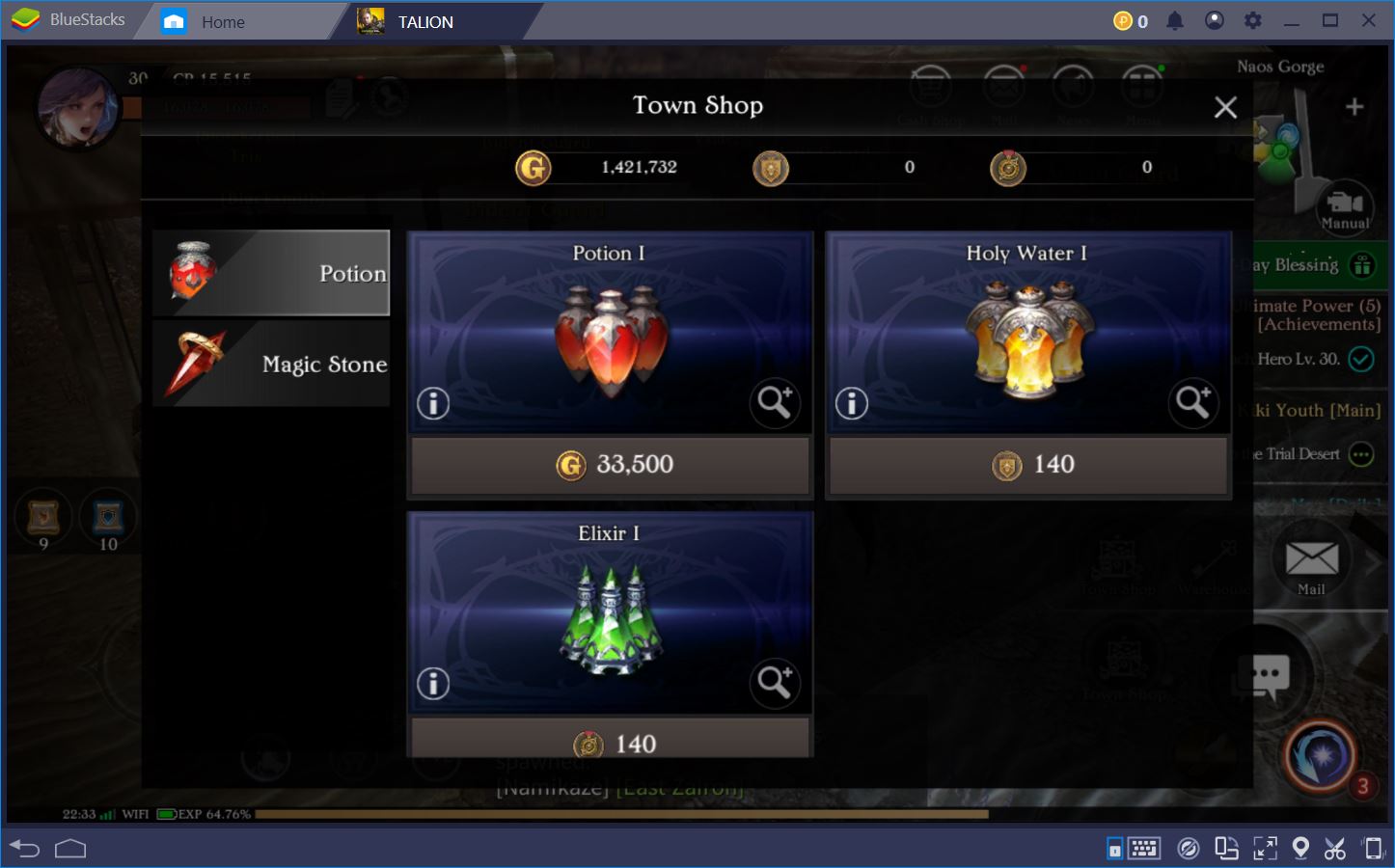
Play TALION on BlueStacks 4
Health potions and magic stones can be purchased in any major town and are reasonably affordable. Buff scrolls, on the other hand, are less common and should be used more sparingly. You can obtain them through dungeons, but also through RvR Team Battles and 1v1 Deathmatches.
Skills and Upgrades
Clicking the “Skill” button under the “Character” tab will take you to the skill selection and upgrade menu. Here, you can read more about your character’s basic skills, as well as choose which 4 of the latter to use in combat. You can also upgrade both basic and special abilities, but you should take a good look at your options before you commit any points.
Upgrading a skill takes gold and Skill Points, the latter of which are not that easy to come by. As such, we recommend that you choose your preferred four skills from the get-go and upgrade them accordingly. If you’re new to the game and you’re looking for suggestions, you can always consult our guide to classes in Talion. Otherwise, you can elect your own build so long as you don’t put yourself in the situation to spread your SP across more than 4 skills.

This is all the more important for Special Skills, which require Skill Books to be upgraded. Again, although you can technically use all 4 special abilities, we recommend that you choose 1-2 to begin with and ignore the rest.
Last, but not least, you also have to choose 4 passive skills by the time you hit level 30. Passives in Talion are displayed in a neat intersection of lines so that activating three skills in a horizontal, vertical, or diagonal line also grants you a fourth. To unlock a passive ability, you need 1 Passive Point, which you can only get through leveling your character. You should choose your first 4 passives wisely because it might take some time before you get another line.

For instance, it might be a good idea to first level the second horizontal line from the top in order to unlock an XP increase bonus. You can also upgrade either of the two diagonals for massive boosts to your Crit chance and damage, respectively, but by doing so, you significantly decrease the potential leveling boost you can get from the XP passive.
That sums up our guide to basic combat mechanics, skills, and upgrades in Talion. Once you’ve mastered these tips, don’t forget to check out our advanced PvP tips and tricks, as well as our guide to Talion’s most famous RvR mode, Occupy. Until then, may you venture fearlessly into the world of Nar knowing that, no matter the foes you encounter, you can at least point your sword at them in the right direction!
